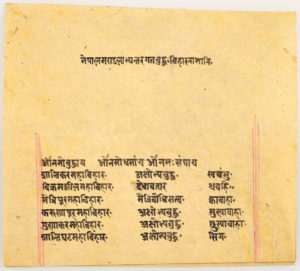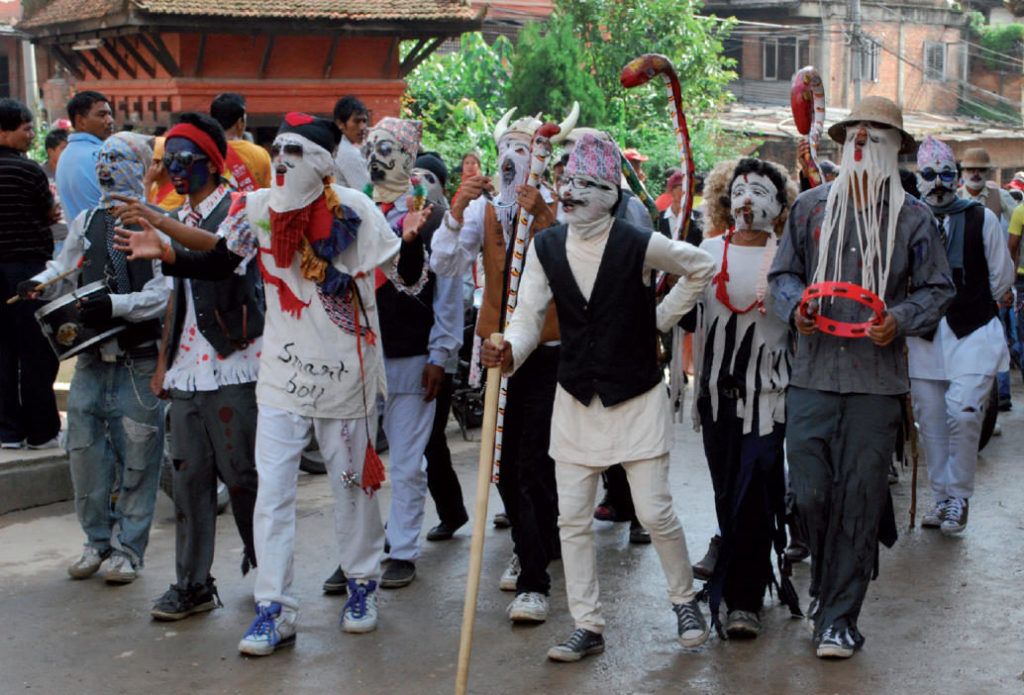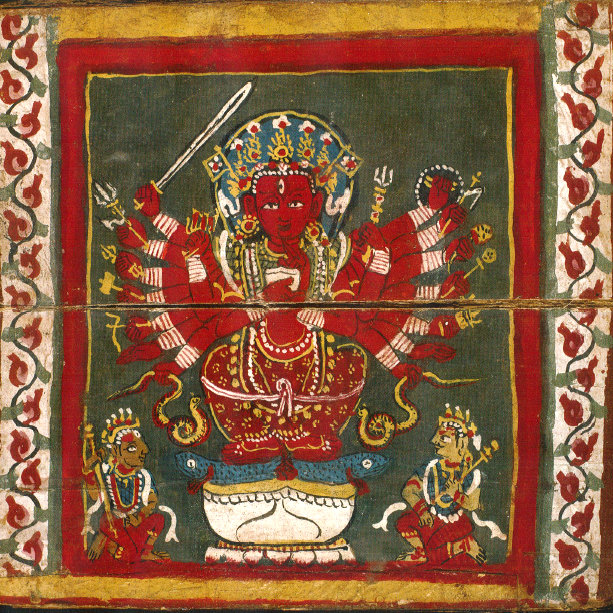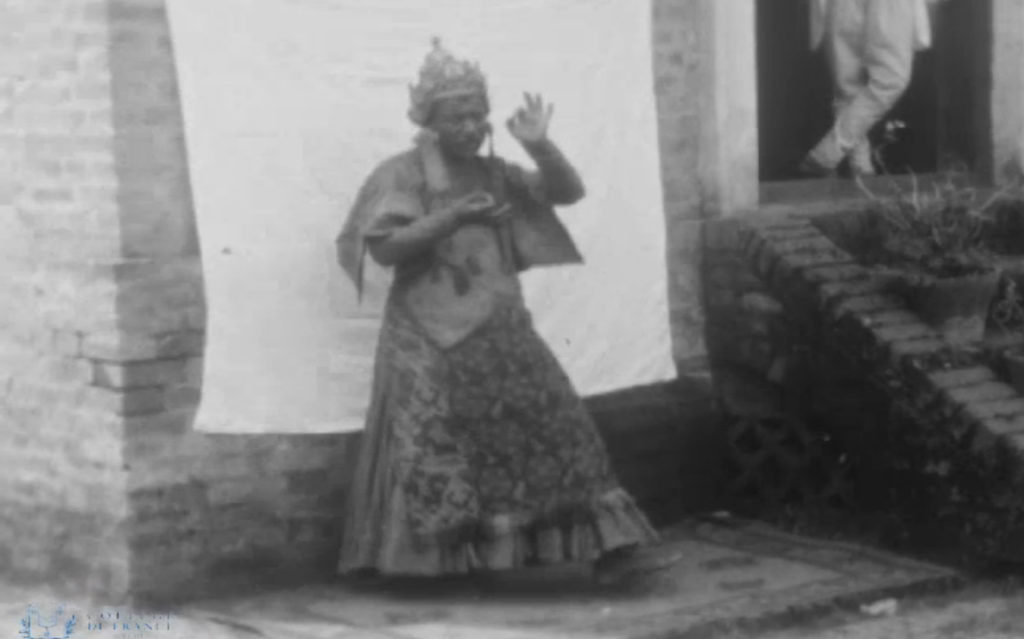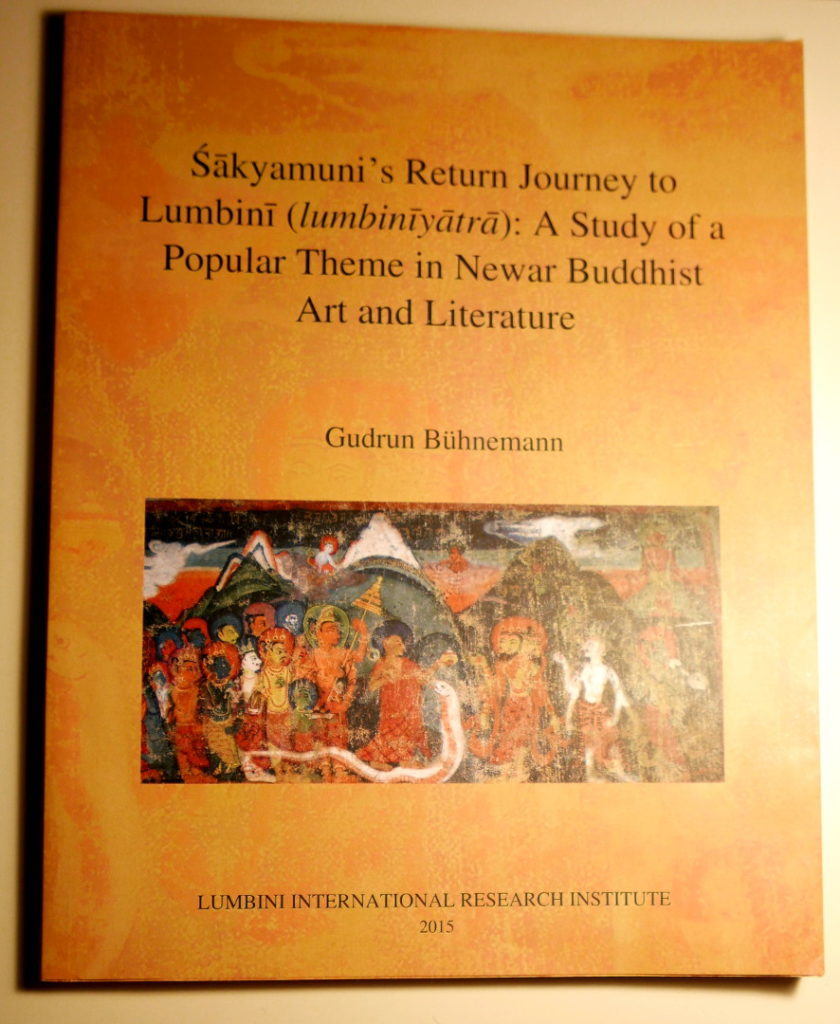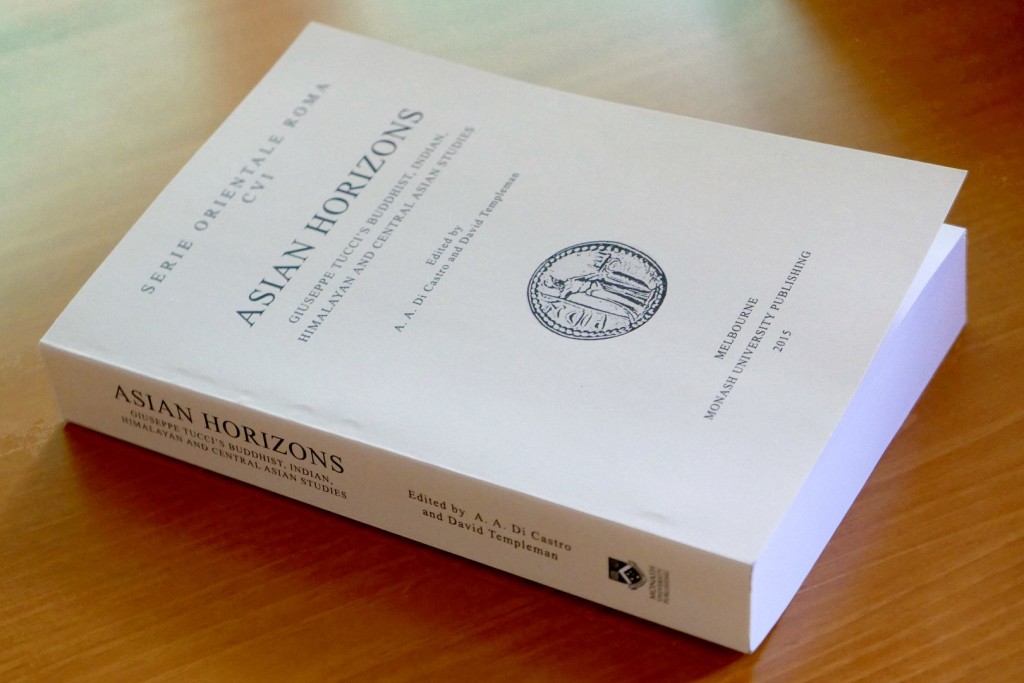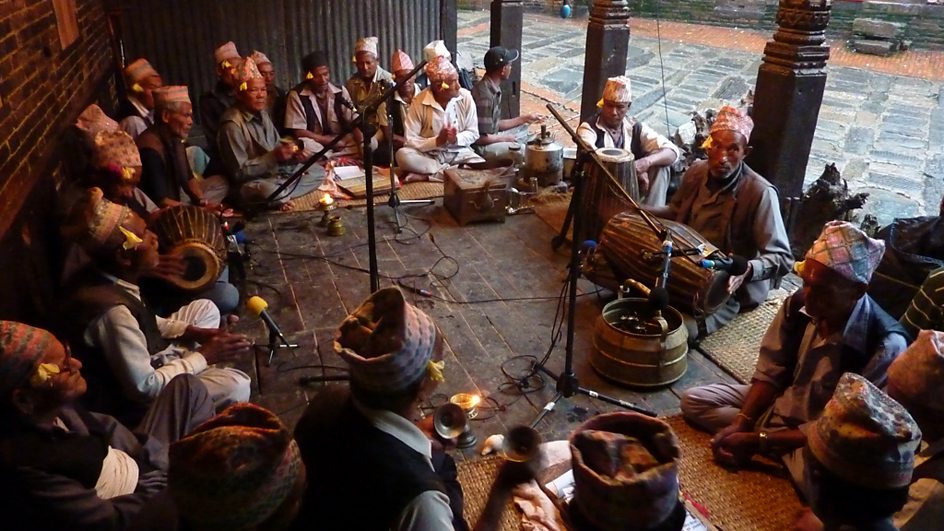Sinclair, Iain (traduction Caroline Riberaigua). 2017. Nepālamaṇḍalābhyantaragata-buddhavihāra-nāmāni = Noms des monastères bouddhiques de la région du Népal. Salamandre, Collège de France. [PDF (en Français, ébauche, 5 mai)]
Extract: This unique manuscript provides a list of ‘Names of Buddhist Monasteries situated within the domain of Nepal’, as its title states. Eighty-five sites are documented, written in Devanagari script in three columns: Sanskrit name – identity of main image – Newar name. […] The manuscript was written for Sylvain Lévi by the Newar Buddhist pundit Siddhiharṣa Vajrācārya (1879–1952), according to its colophon. Most likely it was produced in 1922, a year when Lévi mentions meeting with Siddhiharṣa [1929:37] as he gathered manuscripts and visited monasteries on his second trip to Nepal. […]
